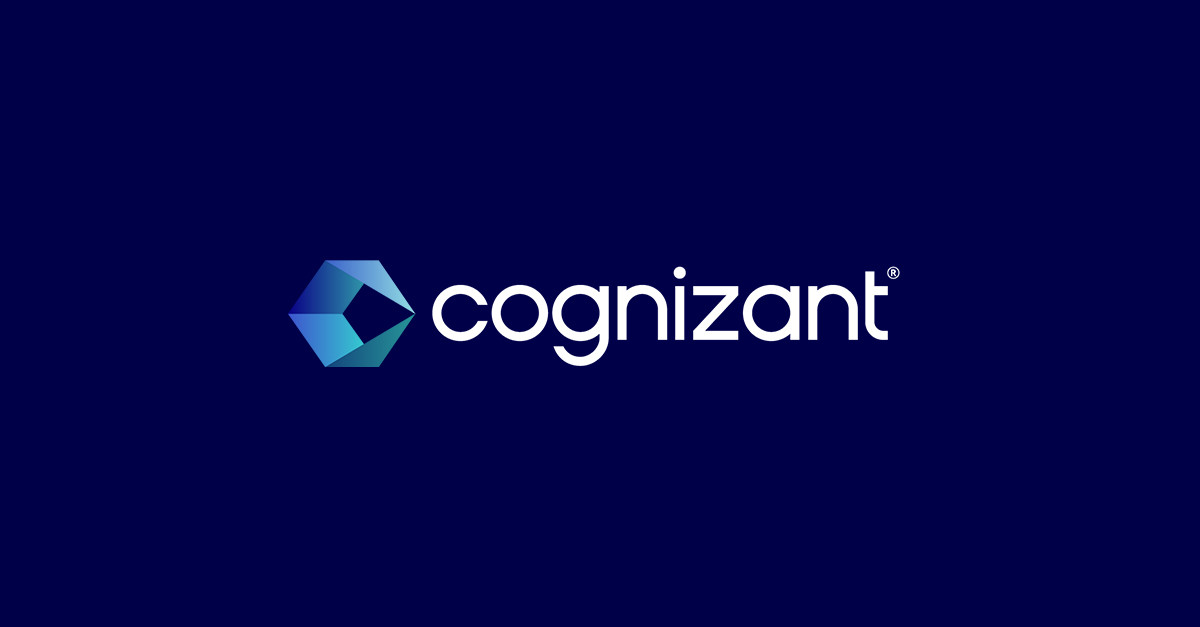Compliance is one thing, meeting the ever-increasing customer demands on sustainability is another. To truly transform, companies need a new approach to emissions like carbon as an internal currency that flows across the business. This can’t be achieved without a stronger ESG partnership between the business and IT stakeholders within the company.
Beyond compliance, customer demands are an increasingly important driver when it comes to sustainability. Gartner researchers state that customer expectations around environmental and social sustainability will apply to the entire product life cycle, predicting that “buyers will speak with their wallets by purchasing only from companies and suppliers that demonstrate authentic achievement of commitments.”
While affordability is still an obstacle when it comes to sustainable shopping, according to Euromonitor International Voice of the Consumer, 64 percent of consumers try to positively impact the environment through their everyday actions. Consumers also rely on companies living up to, and being held accountable for, their sustainability claims.
Precision along value chain
Where does this new reality leave your organization? Within some forward-leaning companies, there’s already a sense of urgency since customers have started asking for an emission footprint when buying products and services.
As sustainability morphs from carbon emissions tracking into company-wide commitments to achieve global imperatives and meet new customer expectations, companies need data transparency with detailed precision along the entire value chain. This need stretches beyond company walls into the entire ecosystem with Scope 3 emission regulations on the rise. Scope 3 emissions, also referred to as value chain emissions, often represent the majority of an organization’s total greenhouse gas (GHG) emissions. Without it, it’s impossible to provide a customer with “the full picture” needed to make informed buying decisions.
CSO + IT = true
Traditionally, while ESG responsibilities are tasks for the CSO with the team, accurate data is normally on the IT department’s table. Collecting and analyzing emissions data is often a manual and lengthy process with little to no value for decision-making purposes. Therefore, one of the biggest challenges for enterprises with multiple locations, large amounts of data and an extensive partner ecosystem is the consolidation of data.
My experience is that most ESG office stakeholders don’t yet have the required intimacy with the IT organization to get quality data to take insights-based actions. And you can’t manage what you don’t measure. What to do then? To achieve true transformation, I believe companies need to focus on the ownership of CO2/GHG emissions as a currency internally, making it as important as the financial currency.
Tech as game-changer
Here, technology can be a game-changer. Unsurprisingly, many companies have already embraced the data-driven ESG approach. IDC analysts predict that by 2024, 30 percent of organizations will use ESG data management platforms to steer ESG KPIs through a centralized system of record for reporting purposes and real-time operational decision-making support.
I have previously touched upon Salesforce Net Zero Cloud (named a leader in Forrester’s latest Sustainability Management Software rankings) and how it serves as a single source of truth for environmental data and how it empowers companies’ sustainability journeys. It works seamlessly with other Salesforce solutions and enables the integration of a complete sustainability management solution into your organization.
Gather your internal forces
Clear, concise and consolidated data – including Scope 1, 2 and 3 – is key to understanding ESG impact and to developing data-driven strategies. Ideally, the supporting technology allows the “carbon currency” to flow through the value chain in every transaction and stakeholder decision. That approach also provides the transparency and real-time insights needed for modern customers to make informed buying decisions, based on the carbon footprint of a specific product or service.
Don’t know where to start? Begin by asking yourself: Why will customers buy our products or services if we don’t have the lowest emission? That question will hopefully increase commitment to gather forces internally.
Want to learn more about Cognizant’s sustainability services? Watch this video
Read more about our sustainability services and our general partnership with Salesforce.




